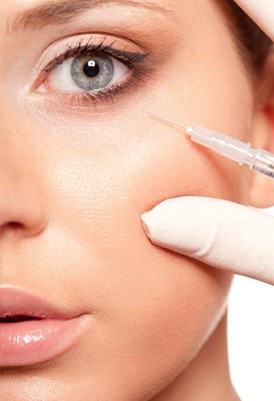Rashes are common skin conditions that can cause discomfort and distress. They can appear in various forms, ranging from mild irritation to severe inflammation. Understanding the causes, symptoms, and available Rash treatment options is crucial for effective rash management.
Types of Rashes and Their Causes
Rashes can be categorized into several types, including allergic rashes, contact dermatitis, eczema, and viral rashes. Allergic rashes are typically triggered by an immune response to allergens such as certain foods, medications, or environmental factors. Contact dermatitis occurs when the skin comes into contact with an irritating substance, leading to a localized rash. Eczema is a chronic inflammatory skin condition characterized by itchy and inflamed patches. Viral rashes, on the other hand, are caused by viral infections like measles or chickenpox.
Symptoms and Diagnosis
The symptoms of a rash can vary depending on its type and underlying cause. Common symptoms include redness, itching, swelling, and the presence of small bumps or blisters. In some cases, rashes may also be accompanied by pain or a burning sensation. It is important to consult a healthcare professional for an accurate diagnosis. They will assess the rash's appearance, consider any accompanying symptoms, and may perform additional tests if necessary to determine the root cause.
Effective Remedies for Rash Treatment:
- Topical Corticosteroids: These are commonly prescribed for reducing inflammation and relieving itching associated with rashes. They work by suppressing the immune response in the affected area.
- Antihistamines: These medications are useful in managing allergic rashes by blocking histamine, a chemical that triggers allergic reactions. They help reduce itching and swelling.
- Moisturizers: Keeping the skin hydrated is essential in managing various types of rashes. Applying a gentle, fragrance-free moisturizer can help soothe dry, itchy skin and reduce the severity of symptoms.
- Avoiding Triggers: Identifying and avoiding the triggers that cause or exacerbate the rash is crucial. This may involve eliminating certain foods, changing skin care products, or avoiding specific environmental factors.
- Cool Compresses: Applying a cool compress or taking cool baths can provide temporary relief from itching and inflammation associated with rashes.
- Prescription Medications: In some cases, prescription medications such as antibiotics or antivirals may be required to treat rashes caused by bacterial or viral infections.
Conclusion:
Rashes can be uncomfortable and distressing, but with the right knowledge and treatment, their impact can be minimized. Understanding the type and underlying cause of the rash is vital for effective treatment. Whether it's through topical corticosteroids, antihistamines, moisturizers, or other remedies, there are various options available to alleviate symptoms and promote healing.


No comments yet